Is It Possible To Get Rid Of White Stretch Marks?
Your guide to managing and improving those stubborn streaks on your skin.
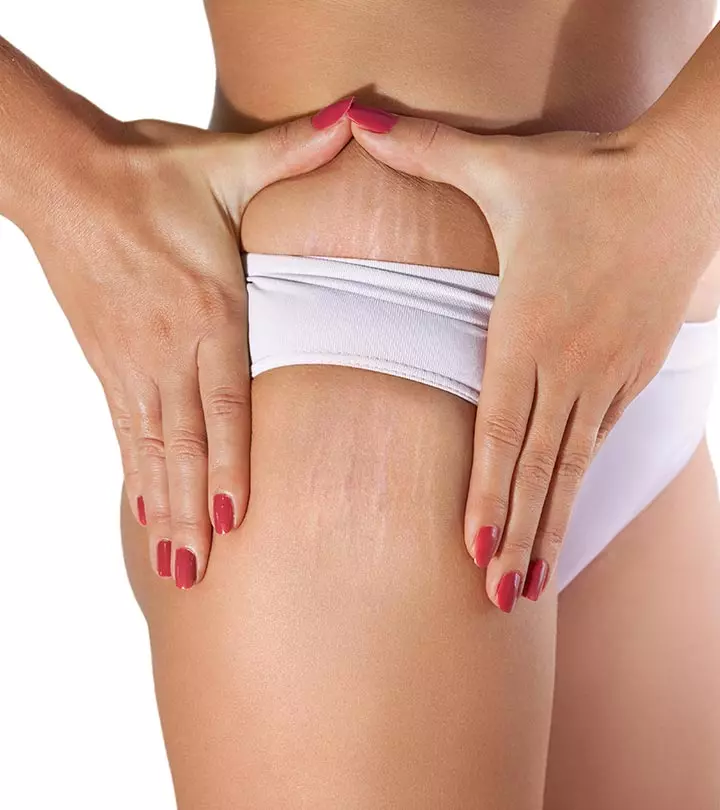
Image: Shutterstock
Wondering how to get rid of white stretch marks? Is there any solution?
Stretch marks affect nearly everyone. Although these marks do not pose any health risk, they are a source of agitation for a lot of people because they do not look very attractive. In addition, stretch marks vary in tone depending on age, with white stretch marks being the oldest. Unfortunately, white stretch marks cannot be removed completely. But they can be minimized through effective skin care and skin treatments. In this article, we have covered all you need to know about white stretch marks and how to deal with them. Scroll down!
In This Article
What Are White Stretch Marks?
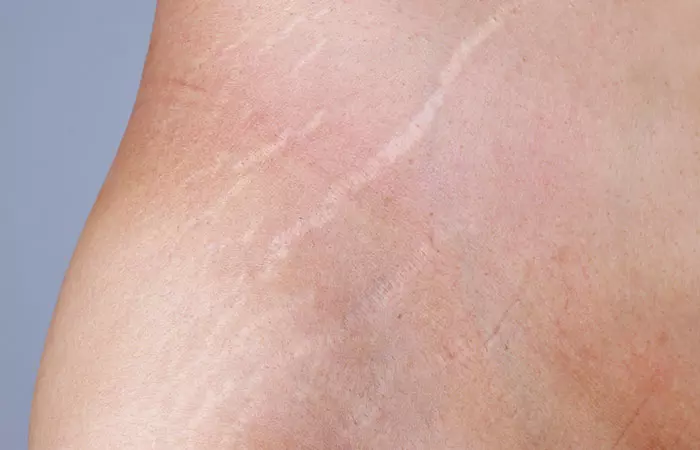
In their initial stage, stretch marks have a reddish or purple tinge. However, once they start to get old, they turn white. You can tell how old your stretch marks are from the change in their color.
When stretch marks are newly formed, they are red. This is because of the visible blood vessels right below your skin’s surface. Red stretch marks respond to treatment quickly and heal easily.
White stretch marks or (striae alba) are older. With time, the blood vessels under the stretched skin become narrower and less responsive to treatment. They no longer stimulate collagen production to cover the scars. That is why white stretch marks are tough to treat. It is nearly impossible to get rid of them completely. However, they may fade a bit with regular treatment.
There are several factors responsible for your stretch marks. Check them out below.
Key Takeaways
- Pregnancy, bodybuilding, weight gain/loss, genetics, and other factors might cause your skin to stretch and leave marks.
- The most prevalent treatment methods are microdermabrasion, microneedling, laser therapy, topical treatment, and cosmetic surgery.
- Natural and home remedies like bitter almond oil, virgin coconut oil, aloe vera, and cocoa butter may have a minor effect on stretch marks.
What Are The Causes Of White Stretch Marks?

You get stretch marks when your skin stretches rapidly. When your skin stretches, the network of elastic fibers in your dermis (the middle layer of skin) is disrupted. Elastic fibers give your skin the elasticity to snap back into its previous form after being stretched. When you get stretch marks, your skin automatically tries to repair the damaged elastic fibers. However, your body may not heal them completely, and the marks stay. Several factors may cause your skin to stretch and leave marks:
- Pregnancy: During pregnancy, the skin stretches to make room for the baby.
- Weight Loss or Weight Gain: You may develop stretch marks when you gain or lose weight quickly. Teenagers who grow quickly may also get stretch marks.
- Bodybuilding: The rapid increase in the size of your muscle tissue can leave stretch marks.
- Corticosteroids: Application of corticosteroids on the skin for a long time can decrease your skin’s ability to stretch and cause stretch marks.
- Breast Implants: This type of surgery can stretch the skin and leave marks.
- Adrenal Gland Disorders: If you have Marfan’s syndromei A condition caused due to the lack of protein formation that affects the connective tissues in the eyes, heart, blood vessels, and bones. , Cushing’s Syndromei A condition caused by exposure to high levels of cortisol (steroids), leading to diabetes, high blood pressure, and osteoporosis. , or Ehlers-Danlos Syndromei A group of inherited disorders that cause bruised skin, dislocated joints, and ruptured blood vessels. , you may see stretch marks on your skin.
- Genetics: If stretch marks run in your family, you may also develop them.
- Hormonal Changes: The shifts in hormones during puberty, pregnancy, or menopause, can lead to your skin stretching faster than it can adjust.
 Trivia
TriviaAlong with stretch marks, you may also experience slight changes to your skin. Read on to know more about it.
Symptoms Of White Stretch Marks
The general changes that may occur with stretch marks include:
- Sunken lines in your skin
- Skin discoloration around the area
- Glossy skin
- Silver or white streaks
- Irritation
- Itchiness
These are the symptoms that generally occur due to stretch marks. If you leave fresh stretch marks untreated, they may turn white and become difficult to treat.
So, is it possible to get rid of white stretch marks? Maybe. This is because most of the available treatments focus on early stretch marks, which are easier to treat. Check out the next section to find what you can do to fade the appearance of white stretch marks.
How To Treat White Stretch Marks

Evidence for treatments of white stretch marks is minimal and have contradictory results. The treatment methods that work on early stretch marks may not produce similar results on late stretch marks (striae alba). However, you can still try the following treatment options.
Common Medical Treatment Options
There are many options in dermatology for scar removal and skin rejuvenation, including laser treatments and topical creams that promote skin repair. Here are some common medical treatment options.
1. Microdermabrasion
This is a painless procedure where the healthcare expert uses a wand-like device with a tip containing tiny crystals. This wand is gently rubbed on the skin to exfoliate it, remove the dead skin cells, and stimulate collagen production. You need to undergo multiple sessions to get the desired results.
Several studies have found microdermabrasion to be effective in improving the appearance of early (red) stretch marks (1). Therefore, you may try this treatment on your white stretch marks. You may need to undergo multiple sessions to see some results.
2. Microneedling
In this process, a wand-like device with tiny needles is used. The needles are poked into the area to be treated to boost collagen production. This helps cover up the scars and improve the appearance of your skin.
In a study involving Korean women, microneedling was found to be effective in treating early and late stretch marks (2). In fact, microneedling has been found to be more effective than microdermabrasion in the treatment of stretch marks (1).
3. Laser Therapy
Laser therapy is often used for minimizing the appearance of scars and marks.
There are different types of lasers that are used depending on the severity of your scars and your skin condition.
In a study, ten women (Fitzpatrick skin typesi A classification of skin types based on the risk of sunburns and skin cancer when exposed to UV rays. III-V) with white stretch marks received treatment with non-ablativei Non-invasive lasers that heal scars, lines, and wrinkles on the body without any physical injury other than swelling or redness. 1540-nm fractional laser for four times at 4-week intervals. There was a 1% to 24% improvement in the appearance of their stretch marks. Only one woman experienced post-inflammatory hyperpigmentation after treatment (1).
Fractional CO2 laser (10,600-nm) was also found to be effective in improving the appearance of white stretch marks in patients with Fitzpatrick skin typesi A classification of skin types based on the risk of sunburns and skin cancer when exposed to UV rays. III and IV). A combination of Pulsed Dye Laser and Fractional CO2 laser was also found to be beneficial (1).
4. Topical Treatment
There are no studies that have proven the efficacy of topical treatments (ointments and home remedies like almond oil, cocoa butter, etc.) on stretch marks. Topical treatments may have a mild effect on stretch marks not because of their ingredients but because of the moisturization effect (1).
The application of tretinoin (a derivative of vitamin A) showed conflicting results. In four clinical trials, tretinoin was found to be effective in improving early stretch marks but was ineffective on white stretch marks. Some other studies that evaluated the effect of tretinoin on stretch marks (type not specified) found that it was effective in improving their appearance (3).
On the other hand, glycolic acid may increase collagen production by activating fibroblasts, the cells responsible for creating collagen (4). Therefore, this powerful alpha‐hydroxy acid may help reduce the appearance of white stretch marks. Research also suggests that a cream containing 20% of glycolic acid along with 0.05% of tretinoin may improve elastin levels and increase the thickness of the top layer of the skin (5).
5. Cosmetic Surgery
Going under the knife is yet another option to improve the appearance of stretch marks. Having cosmetic surgery as an option depends on the part of the body where you have stretch marks. It is expensive, and the surgery itself can leave fresh scars of its own.
6. Lifestyle Changes
While treatments are helpful, having a healthy lifestyle can support the process and also help reduce the appearance of stretch marks over time. Regular exercise and maintaining a stable weight can go a long way in keeping stretch marks from getting worse. Avoiding those rapid weight shifts gives your skin a better chance to adapt gradually and minimizes the chances of new marks popping up. Plus, keeping your skin nourished from the inside out with a balanced diet can make a noticeable difference in your skin’s overall elasticity.
We have already said that natural and home remedies may only have a mild effect on stretch marks due to their moisturizing effects. So, keeping the area well moisturized may be a way to improve the appearance of stretch marks. Here are a few options that you can try.
Home Remedies To Treat White Stretch Marks
Note
: There is no scientific evidence that these home remedies treat white stretch marks.
1. Bitter Almond Oil
During pregnancy, massaging your tummy with bitter almond oil for 15 minutes daily may reduce the development of stretch marks.
The study conducted that the massaging action – not the application of almond oil – was responsible for the results (6)However, there is no evidence that it can treat white (late) stretch marks. Regardless, almond oil has moisturizing properties, so you can moisturize the marks with almond oil regularly to improve the appearance of stretch marks.
2. Hyaluronic Acid
Hyaluronic acid has moisturizing properties and is often used to prevent skin aging (7). This moisturizing property of hyaluronic acid may help you in reducing the appearance of your stretch marks.
3. Virgin Coconut Oil
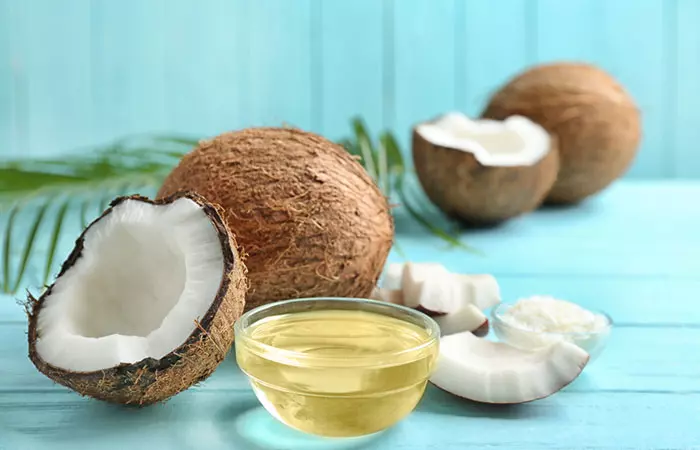
A study conducted by the University of Kerala on rats found that virgin coconut oil helps heal excision wounds by promoting collagen production (8). It also has anti-inflammatory properties (3). Therefore, it may help keep your skin moisturized and improve the appearance of white stretch marks.
4. Aloe Vera
Aloe vera has moisturizing properties and helps keep your skin soft and healthy. It also stimulates the production of collagen and elastin, making your skin more elastic and preventing the signs of aging (9). This makes it a potentially ideal ingredient for treating white stretch marks.
5. Cocoa Butter

Though research has found that cocoa butter is not effective in treating white stretch marks, it helps keep your skin moisturized and reduces hyperpigmentation (3). These properties can keep your skin soft and reduce itching around the white stretch marks while improving overall skin health.
A beauty and lifestyle blogger used shea butter to reduce the appearance of stretch marks and found it to be an effective solution. She said, “I started to see how many of those brown, red and some already white stretch marks, started to fade away or to clear out. I had tried many creams, many oils, and this was the first time I was seeeing a real difference on my skin (i).”
 Quick Tip
Quick TipNo medical procedure, prescription medicine, or home remedy can make your stretch marks disappear completely. Many of the studies evaluating the efficacy of the possible treatment methods are not conclusive and have contradicting results. The best possible way to prevent white stretch marks is to treat them during the initial stages. This may not prevent them entirely, but it can reduce their appearance to a great extent. By prioritizing skin health and seeking out professional skin treatments, people can minimize the appearance of stretch marks and feel more confident in their natural beauty.
Infographic: Home Remedies To Treat White Stretch Marks
White stretch marks are difficult to treat, you can reduce their appearance with some effective home remedies. You can diminish these stretch marks by regularly using some of the easily available ingredients from your kitchen cabinet.
Check out the infographic below to learn about the most easily available home remedies to treat white stretch marks.
Some thing wrong with infographic shortcode. please verify shortcode syntaxIf you have gained weight, enrolled in a weight loss program, or if you are pregnant, it is advisable to take early measures to prevent stretch marks. While you cannot prevent it completely, atleast you can reduce their severity to a great extent. Follow the tips shared in the article, consult a doctor to discuss all the possibilities, and most importantly, have patience. Stretch marks do not fade overnight. Hence, whatever approach you have taken, you must give it time to show results. Take care.
Frequently Asked Questions
How can I improve the elasticity of my skin to prevent stretch marks?
Try using moisturizers regularly, drink plenty of water, and maintain a balanced diet rich in vitamins and minerals to keep your skin elastic and reduce the risk of stretch marks. These habits can help support your skin’s ability to stretch and bounce back.
Can Vaseline remove white stretch marks?
No, Vaseline cannot remove white stretch marks. However, applying and massaging it on the stretch marks may help lock in moisture and improve skin texture and the appearance of the marks.
Does Bio-oil work on white stretch marks?
Yes. Regular application of Bio-oil on stretch marks may improve the appearance of stretch marks as the actives in the oil has regenerative and anti-inflammatory properties (10).
Can turmeric remove white stretch marks?
No. The anti-inflammatory and antioxidant properties of turmeric may help fade the scars but cannot remove.
Can vitamin E remove white stretch marks?
No, vitamin E cannot remove white stretch marks. However, applying it may help fade the marks to some extent.
Check out the video below to know more about the science behind stretch marks. Learn recommended self-care tips that can help you work your way towards healthier skin.
Personal Experience: Source
StyleCraze's articles are interwoven with authentic personal narratives that provide depth and resonance to our content. Below are the sources of the personal accounts referenced in this article.
i. My experience with stretch marks
https://niloticaorganic.wordpress.com/2025/05/21/stretch-marks/
References
Articles on StyleCraze are backed by verified information from peer-reviewed and academic research papers, reputed organizations, research institutions, and medical associations to ensure accuracy and relevance. Read our editorial policy to learn more.
- Management of stretch marks (with a focus on striae rubrae), Journal of Cutaneous and Aesthetic Surgery, US National Library of Medicine, National Institutes of Health.
https://www.ncbi.nlm.nih.gov/pmc/articles/PMC5782435/ - Treatment of striae distensae using needling therapy: a pilot study, Dermatologic Surgery, US National Library of Medicine, National Institutes of Health.
https://pubmed.ncbi.nlm.nih.gov/22913429// - Topical management of striae distensae (stretch marks): prevention and therapy of striae rubrae and albae, Journal of the European Academy of Dermatology and Venereology, US National Library of Medicine, National Institutes of Health.
https://www.ncbi.nlm.nih.gov/pmc/articles/PMC5057295/ - Interventions for established stretch marks, Cochrane, US National Library of Medicine, National Institutes of Health.
https://www.ncbi.nlm.nih.gov/pmc/articles/PMC6483707/ - Comparison of topical therapy for striae alba (20% glycolic acid/0.05% tretinoin versus 20% glycolic acid/10% L-ascorbic acid), Dermatologic Surgery, US National Library of Medicine, National Institutes of Health.
https://pubmed.ncbi.nlm.nih.gov/9723049/ - The effect of bitter almond oil and massaging on striae gravidarum in primiparaous women, Journal of Clinical Nursing, US National Library of Medicine, National Institutes of Health.
https://pubmed.ncbi.nlm.nih.gov/22594386/ - Hyaluronic acid: A key molecule in skin aging, Dermato-endocrinology, US National Library of Medicine, National Institutes of Health.
https://www.ncbi.nlm.nih.gov/pmc/articles/PMC3583886/ - Effect of topical application of virgin coconut oil on skin components and antioxidant status during dermal wound healing in young rats, Skin Pharmacology and Physiology, US National Library of Medicine, National Institutes of Health.
https://pubmed.ncbi.nlm.nih.gov/20523108 - Aloe vera: a short review, Indian Journal of Dermatology, US National Library of Medicine, National Institutes of Health.
https://www.ncbi.nlm.nih.gov/pmc/articles/PMC2763764/ - The effect of a topically-applied cosmetic oil formulation on striae distensae
https://www.ajol.info/index.php/safp/article/download/48483/34836
Read full bio of Dr. Surbhi Mahajan
Read full bio of Ramona Sinha
Read full bio of Anjali Sayee
Read full bio of Shiboli Chakraborti








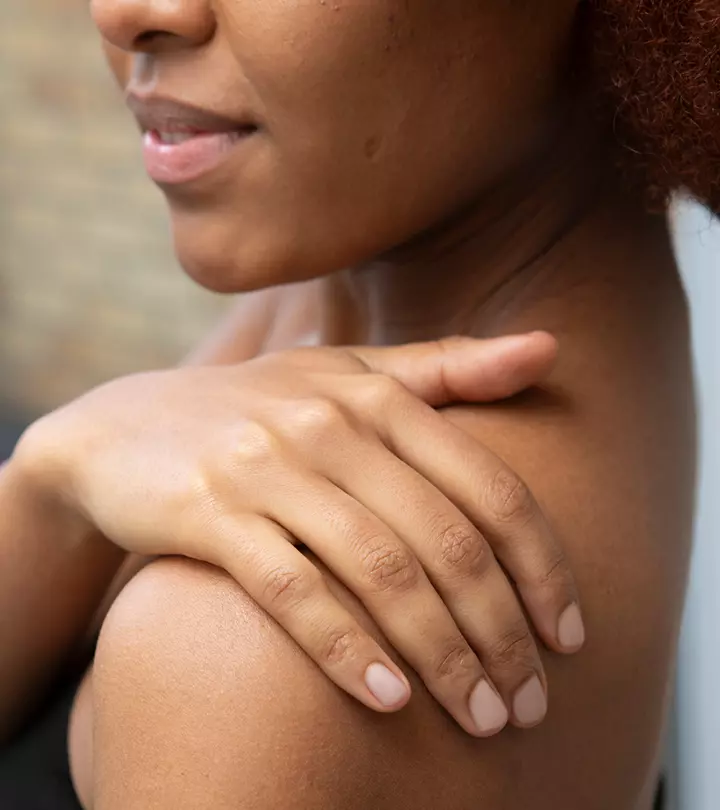
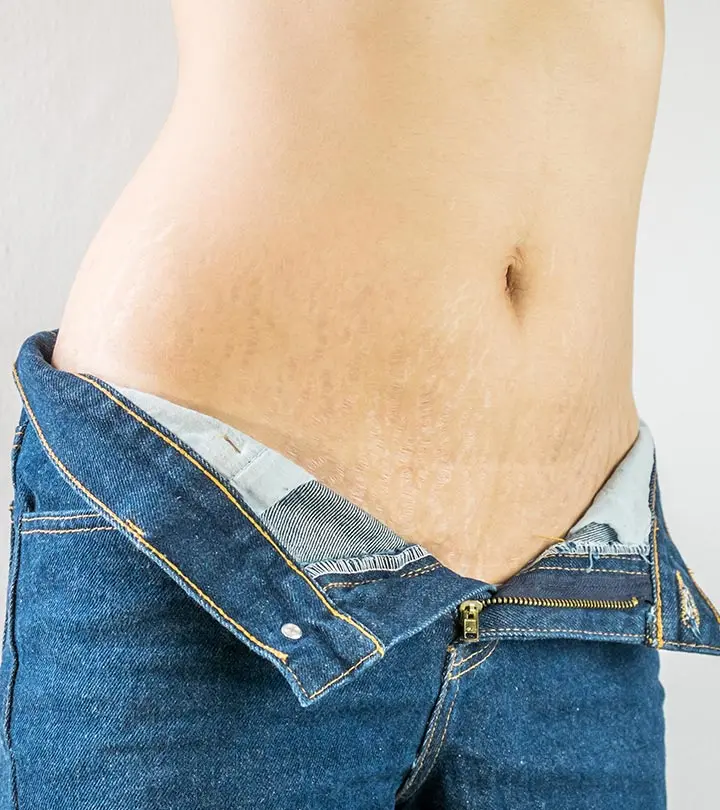
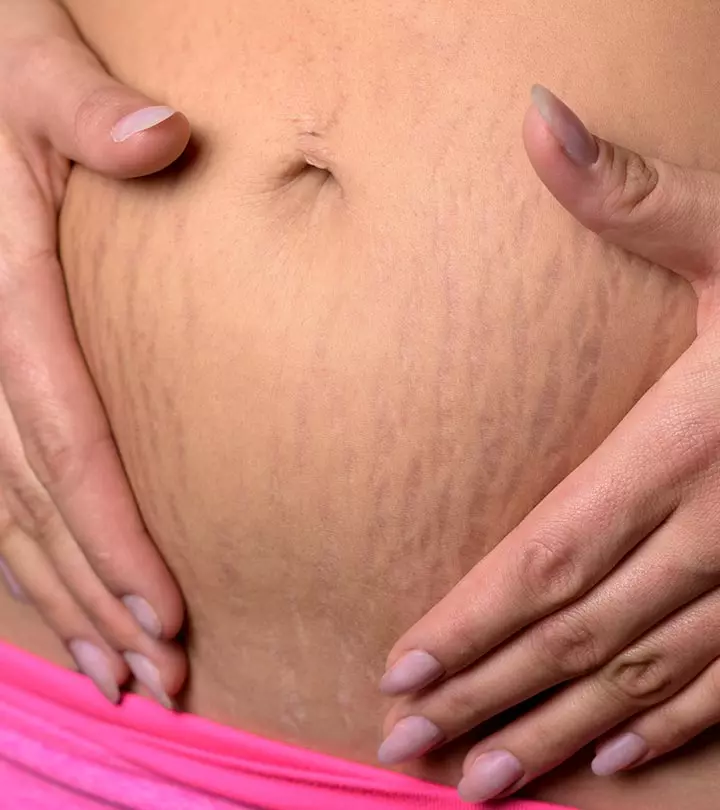
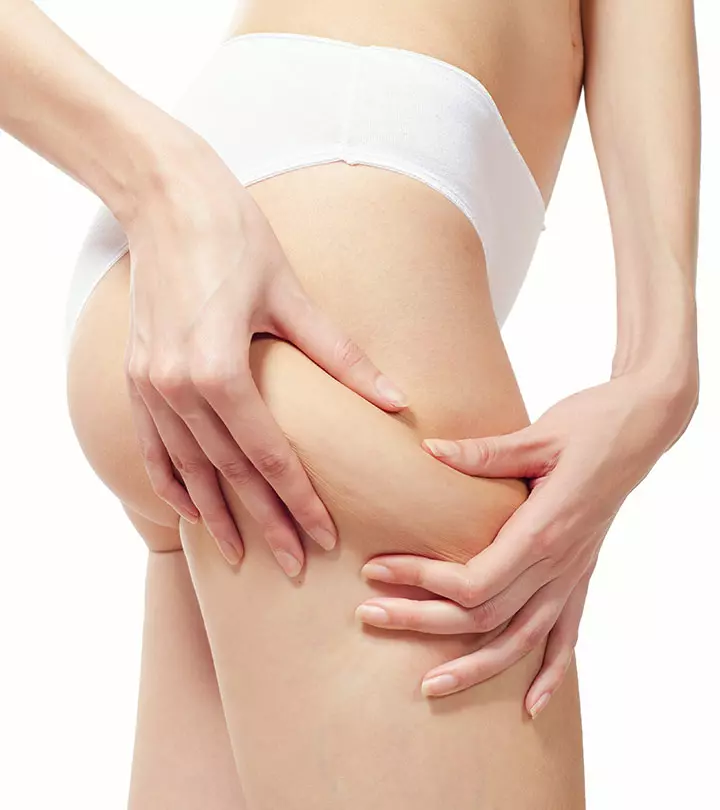







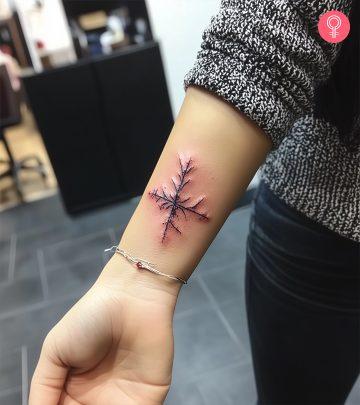
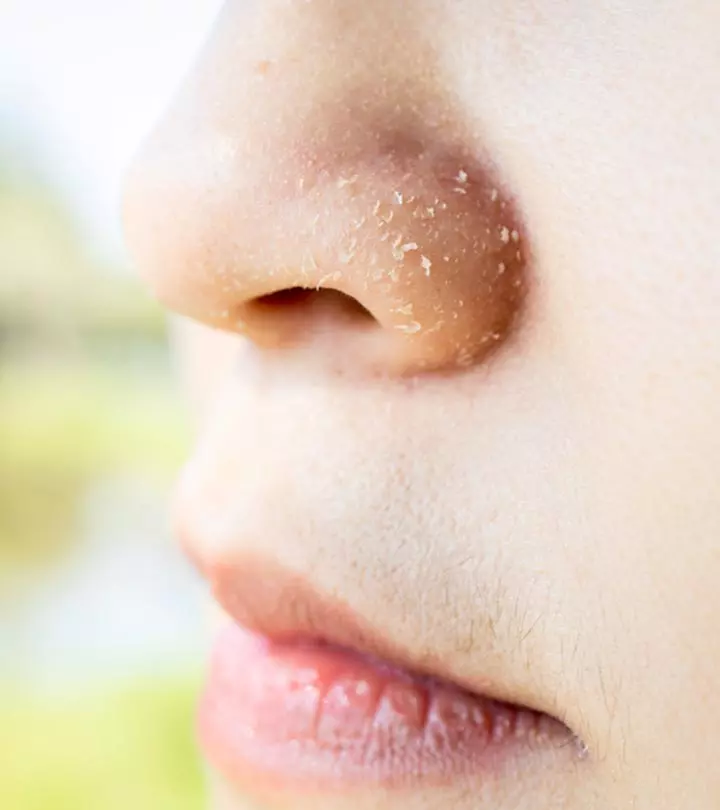



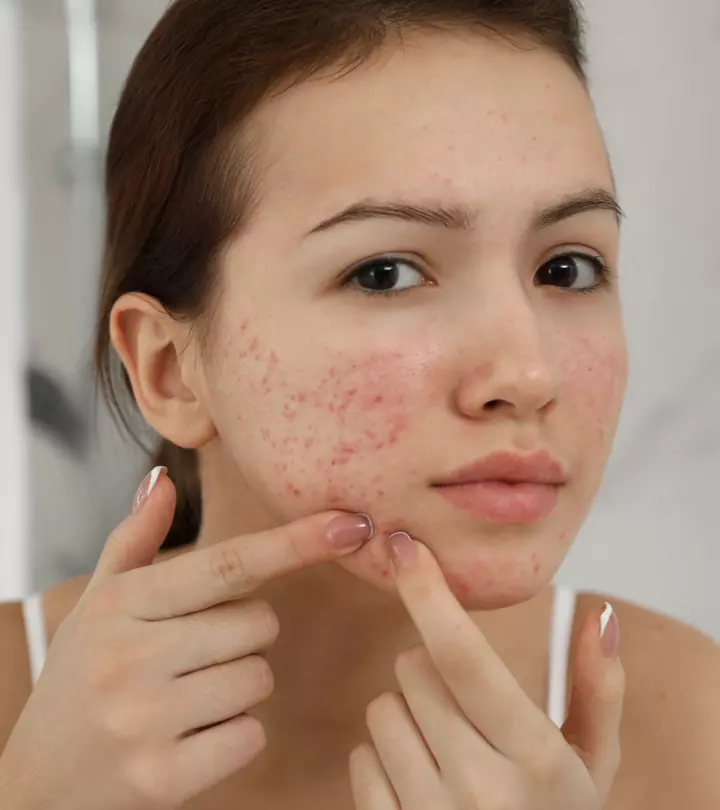
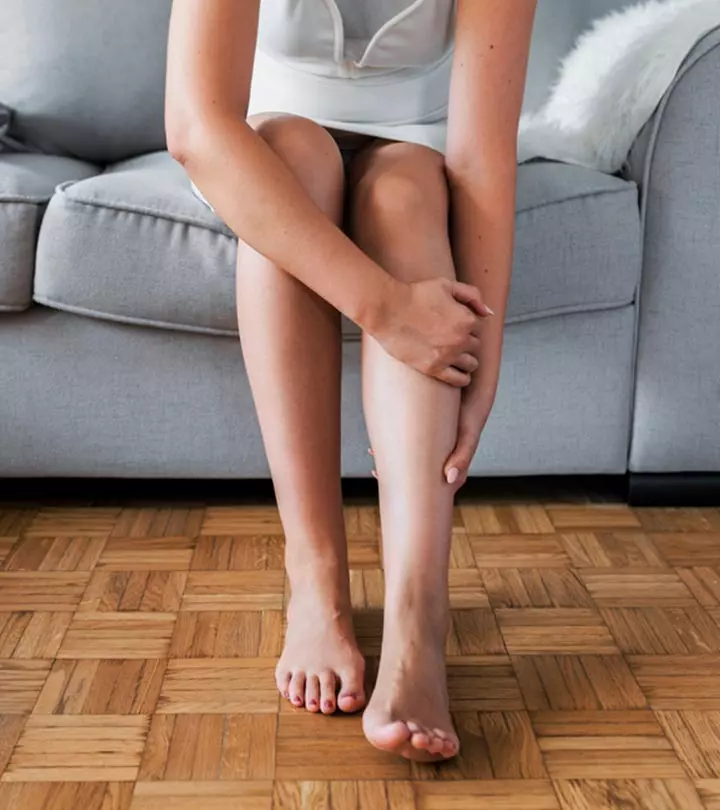
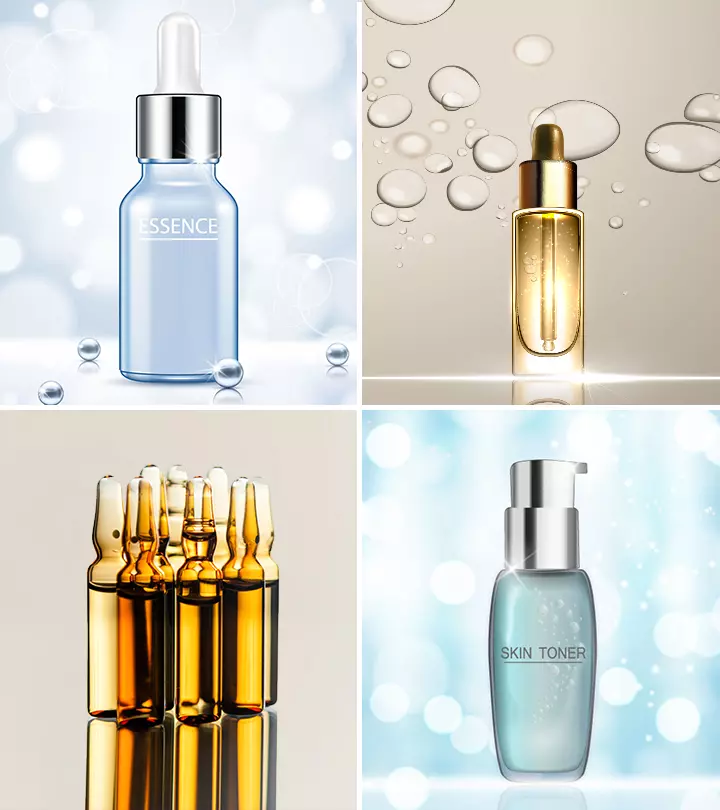
Community Experiences
Join the conversation and become a part of our empowering community! Share your stories, experiences, and insights to connect with other beauty, lifestyle, and health enthusiasts.